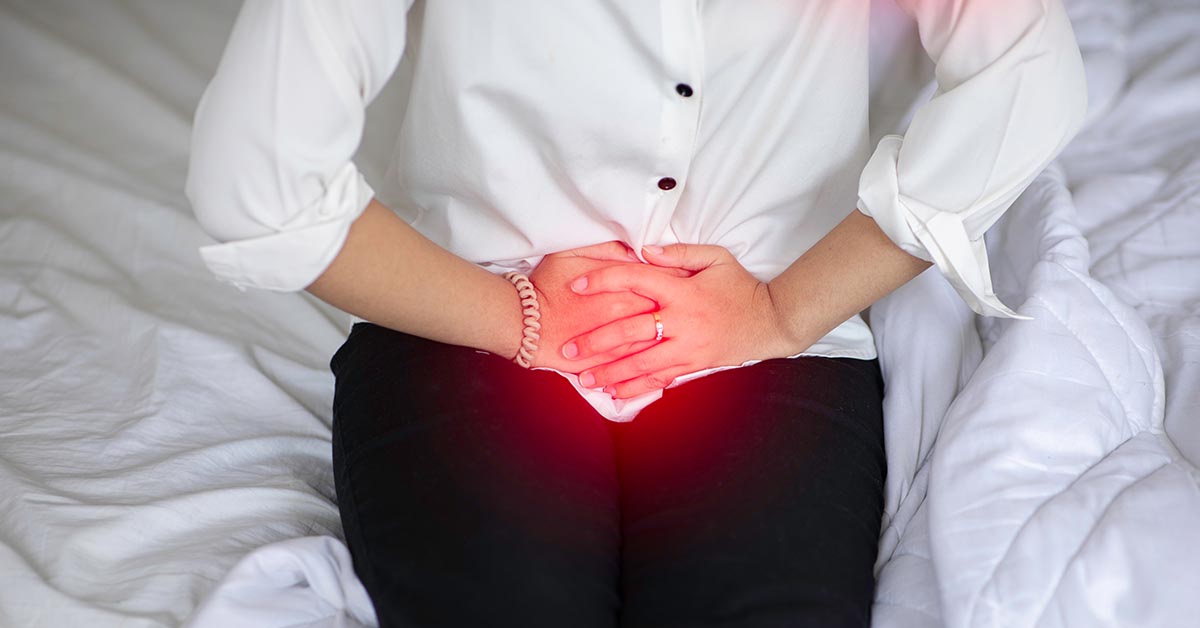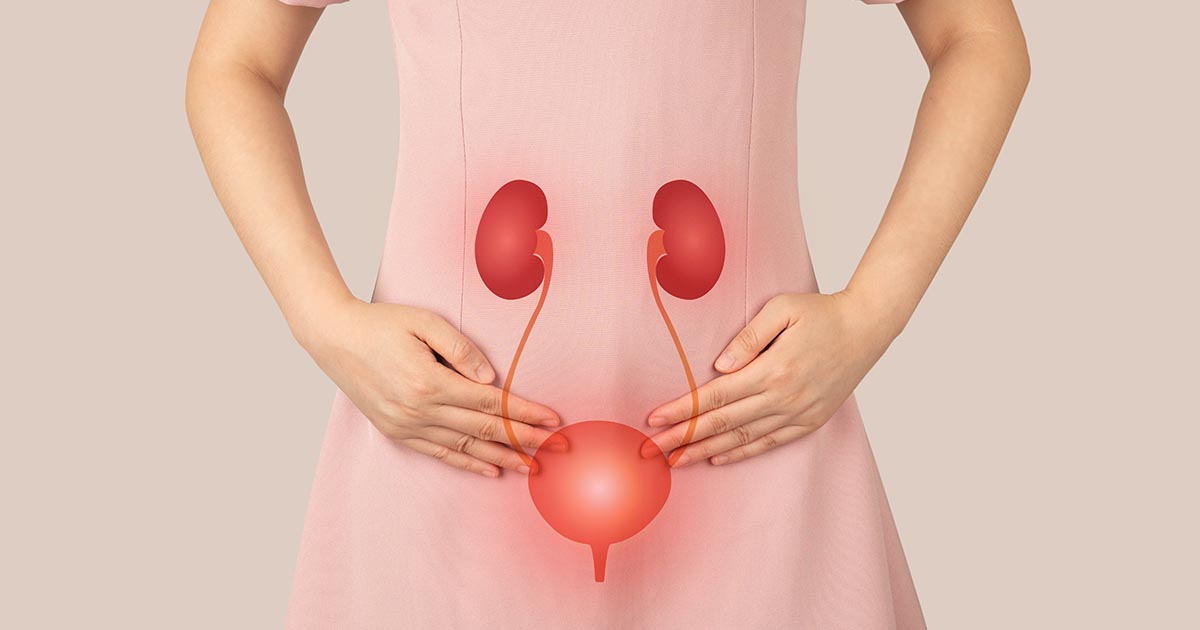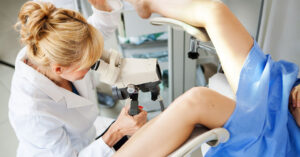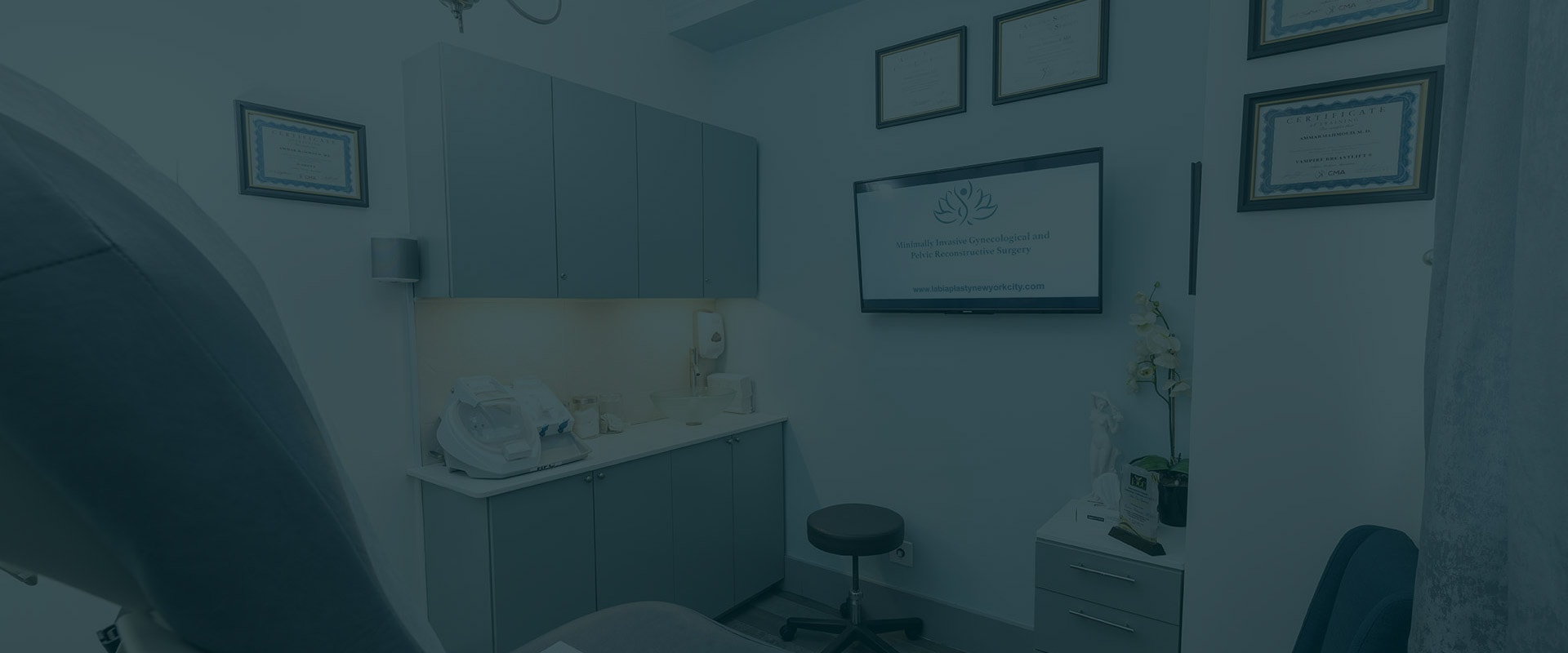A urinary tract infection (UTI) is a common but often overlooked complication in the postpartum period. Women are particularly vulnerable due to anatomical, hormonal, and procedural changes associated with childbirth. A UTI postpartum can interfere with recovery, impair quality of life, and increase the risk of more serious infections if left untreated.
This article offers an in-depth, medically grounded examination of postpartum UTI causes, clinical symptoms, treatment protocols, and prevention strategies, supported by peer-reviewed data.
Understanding UTIs in the Postpartum Period

A urinary tract infection refers to a bacterial infection anywhere along the urinary tract, including the urethra, bladder (cystitis), ureters, or kidneys (pyelonephritis). The primary pathogens are gram-negative bacteria, especially Escherichia coli, which is responsible for up to 80–90% of uncomplicated infections1.
In the UTI postpartum context, risk factors are heightened by interventions like catheterization, perineal trauma, and hormonal imbalances. UTIs are more frequent following cesarean delivery but can also occur after vaginal births.
What Causes UTI Postpartum?

There are several postpartum UTI causes linked to labour, delivery, and the early recovery phase:
- Catheterization: Urinary catheters used during labour, especially in cesarean deliveries, are a major risk factor due to the introduction of pathogens.
- Perineal trauma: Tears, episiotomies, and swelling can hinder complete bladder emptying, promoting bacterial growth.
- Hormonal changes: Declines in estrogen levels postpartum reduce the protective lactobacilli in the vagina, altering the microbiome and facilitating bacterial overgrowth.
- Impaired voiding: Pain, swelling, or fear of urination after delivery can lead to urine retention, a known risk for infection.
- Cesarean delivery: Surgical births are associated with increased UTI postpartum rates due to prolonged catheterization and immune suppression.
Other contributing elements include poor perineal hygiene and prior urinary infections. These postpartum UTI causes warrant careful screening during follow-up.
UTI Symptoms Postpartum

Recognizing UTI symptoms postpartum can be challenging, as some may overlap with normal recovery signs. Clinical indicators include:
- Burning or stinging sensation while urinating
- Frequent or urgent need to urinate with minimal output
- Cloudy, foul-smelling urine
- Suprapubic pain or pelvic pressure
- Fever, chills, or flank pain (signs of possible kidney involvement)
- Fatigue and malaise
In non-verbal or sleep-deprived new mothers, these UTI symptoms postpartum can be easily misattributed to general discomfort. Hence, clinical vigilance is essential.
Diagnosis and Evaluation
Diagnosis involves a combination of history, physical examination, and urinalysis. A clean-catch urine sample is analyzed for leukocyte esterase (meaning white blood cells are present, often signaling a urinary infection), nitrites, and bacterial culture. In complicated cases, imaging like renal ultrasound may be needed to rule out abscesses or anatomical anomalies2.
Persistent or recurrent infections should prompt evaluation for voiding dysfunction or retained products of conception, both of which can predispose to infection.
UTI Postpartum Treatment

Timely UTI postpartum treatment is vital to avoid progression to upper urinary tract infection or sepsis. Antibiotic selection should consider safety for lactating mothers. First-line agents often include:
- Nitrofurantoin
- Trimethoprim-sulfamethoxazole (avoid in breastfeeding if infant is premature, jaundiced, or under 2 months old)
- Cephalexin or amoxicillin-clavulanate
Treatment usually spans 5–7 days. Severe infections may require IV antibiotics and hospitalization. Probiotics and adequate hydration may be recommended adjunctively [3].
Most importantly, UTI postpartum treatment should also address underlying risk factors like catheter use or bladder dysfunction.
However, the treatment options mentioned above are for informational purposes only. Always consult your doctor or a qualified healthcare provider before starting any medication or therapy. Do not attempt to self-diagnose or treat a postpartum UTI without professional guidance, as improper management can lead to complications.
Postpartum UTI and Breastfeeding

Most antibiotics used for treating postpartum UTI are considered safe for breastfeeding. However, it’s crucial to consult a healthcare provider for specific guidance. Some medications may affect milk supply or infant gut flora. Monitoring the baby for gastrointestinal disturbances or rash is advisable during the course of antibiotic therapy.
Complications of Untreated UTI
If untreated, postpartum UTI can ascend to the kidneys, causing pyelonephritis, sepsis, or even acute kidney injury. Symptoms like high fever, back pain, and vomiting warrant immediate medical attention. Chronic infections may also contribute to postpartum depression due to persistent fatigue and discomfort.
Preventing UTI After Childbirth
Evidence-based strategies for preventing UTI postpartum include:
- Early catheter removal after delivery
- Encouraging early ambulation and regular voiding
- Perineal hygiene using warm water and patting dry (front to back)
- Adequate fluid intake (2.5–3 litres per day)
- Voiding after intercourse, especially important once sexual activity resumes
Women who have undergone procedures like vaginoplasty after childbirth or perineoplasty after childbirth may require more intensive post-operative monitoring, as altered anatomy or sutures can increase the risk of urinary stasis and infection.
Pelvic Floor Changes, Vaginal Laxity, and UTI Risk

Postpartum anatomical changes such as a loose vagina due to pelvic floor weakening may affect bladder control, potentially increasing residual urine and UTI risk. Pelvic floor dysfunction can impair bladder control and increase the likelihood of residual urine after voiding. Pelvic floor physical therapy is a recommended preventive approach for improving urinary mechanics.
FAQs
Can you get a UTI after a vaginal delivery without a catheter?
Yes. Even without catheterization, factors like perineal trauma, voiding difficulties, or hormonal changes can predispose to a UTI postpartum.
How soon can a UTI develop after birth?
Most cases occur within the first 1–2 weeks postpartum but may appear as late as 6 weeks if risk factors persist.
Are recurrent postpartum UTIs normal?
No. Recurrent infections warrant a urological evaluation to rule out anatomical or functional issues.
From Awareness to Action: Managing UTIs After Giving Birth
A postpartum UTI is more than a minor nuisance—it can significantly hinder maternal recovery and potentially lead to serious complications if untreated. Awareness of what causes UTI postpartum, coupled with early recognition of UTI symptoms postpartum, is critical. With appropriate medical management, including safe uti postpartum treatment options for breastfeeding mothers, most women recover fully. Preventive strategies, especially in those with prior pelvic procedures like perineoplasty after childbirth, can reduce recurrence and support a smoother postpartum journey.
At our labiaplasty NYC clinic, we specialize in expert cosmetic gynecology services and advanced vaginal rejuvenation procedures tailored to each woman’s unique needs. Whether you’re considering vaginoplasty after childbirth, perineoplasty, or looking to restore comfort and confidence after delivery, our team provides safe, effective, and personalized care. If you’re experiencing postpartum symptoms or are interested in rejuvenation treatments, we invite you to contact us for a confidential consultation.
References
- Flores-Mireles AL, et al. “Urinary tract infections: epidemiology, mechanisms of infection and treatment options.” Nature Reviews Microbiology, 2015.
- Johnson JR, et al. “Diagnosis and management of uncomplicated UTIs.” Clinical Infectious Diseases, 2019.
- Sachs HC. “The transfer of drugs and therapeutics into human breast milk: an update on selected topics.” Pediatrics, 2013.
- Hooton TM. “Clinical practice: Uncomplicated urinary tract infection.” N Engl J Med, 2012.
- American College of Obstetricians and Gynecologists (ACOG). Committee Opinion No. 828, 2021. “Optimizing Postpartum Care.”
- Grigoriadis S, et al. “The impact of postpartum infection on maternal mental health.” Canadian Journal of Psychiatry, 2016.




